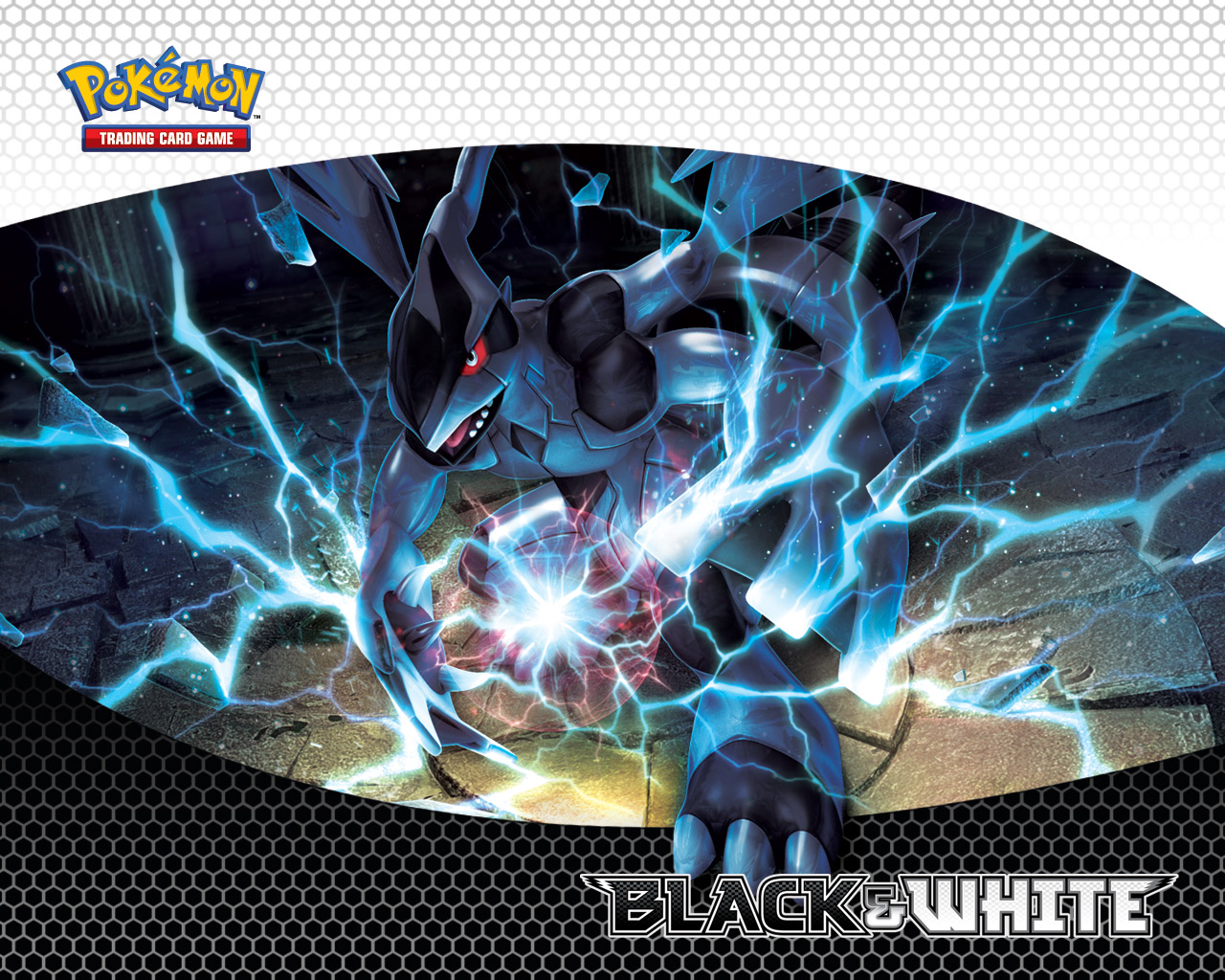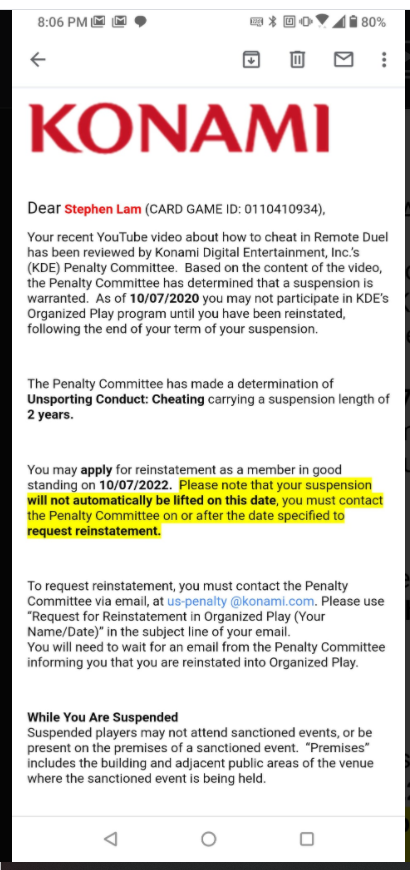Easy game for any number of players of 3 or more. If a large number is playing you may want to combine two packs of cards.
It is a simple game for just two kids to play against each other. This article provides detailed instructions: How to Play the War Card Game. Ages: 6+ Players: 2–5; Rummy is another classic card game with many variations. Here are the rules for a simple version that is good for learners: How to Play Simple 7 Card Rummy.
- In some versions of the game, the cards will remain on the table until the round is over. In others, they can go back into your hand. In either variation, the cards will still be in play and can be used to take tricks. It can be helpful to think of melds as “point multipliers.”.
- Allow Cheating on the Number of Cards. In normal Cheat, you should not lie about the number of cards you play, for example, if you said you were playing 3 10s and you actually play 4 cards, it is proper cheating. However, you could agree to allow this sort of cheating. Challenge this form of cheating in the same way as other cheating.
Deal out all the cards in the pack, equally as possible to all players (it doesn’t matter too much if one player has one less card than another.). Object of the game is to get rid of all your cards, but in order to do so you have to discard your cards face down into a central pile, in multiples of the same rank. eg 2 kings, 4 tens, 3 jacks etc… But you choose whether or not to cheat and by telling truth or not when you do so. Eg you could say you are putting down 3 Aces, but in reality be putting down any combination of cards such as a 7, 8 and jack.) All the other players however have the opportunity to call “Cheat” if they feel rightly or wrongly that you are putting down what you say you are. If you are cheating you have to not only pick up the cards you have discarded, but the rest of the discarded pile as well!…. if you were not cheating, you turn over the cards you just put down to prove you were not and the person who accused you of cheating has to pick up all the cards in the discard pile.
Play continues until one player gets rid of all their cards.

| Alternative names | Numerous |
|---|---|
| Type | Shedding-type |
| Players | 2–4 (recommended)/unlimited depending on the number of cards available |
| Skills required | Memory, quickness |
| Cards | 52 or more |
| Deck | French |
| Play | Variable |
| Card rank (highest first) | Highly variable |
| Playing time | 5 mins.+ |
| Random chance | High |
| Related games | |
| Paskahousu | |
Shithead (also known by many other names, most commonly Karma, Palace and Shed[1]) is a card game, the object of which is to lose all of one's playing cards, with the final player being the 'shithead'.[2] The game became popular among backpackers in the late 20th century.[1][2] Although the basic structure of the game generally remains constant, there are regional variations to the game's original rules.
Setup[edit]

From a standard, shuffled deck of cards, each player is dealt 9 cards in total: 3 face-down cards in a row (blind cards), 3 face-up cards on top of the blind cards and 3 hand cards.[2] The blind cards will be the last cards to be played and players are not allowed to see or change these cards until the ending turns of the game. The face-up will be the second to last set of cards to be played in the game (before the blind cards). At the beginning of the game, players are allowed to switch their hand cards with their face-up cards in an attempt to produce a strong set of face-up cards (possibly all perfect wildcards) for later in the game.[2] Cards with the same numerical value can be stacked on top of each other if needed.
Gameplay[edit]
Card Game Cheat Rules

The beginning player is the first person to put a 3 in the pile from the cards in their hand. If no player has a 3 in hand, the game is started with a 4; if no 4, then a 5, and so on.[2] The second player must then place an equal or higher card (in numerical value) than the card played previously, this card is to be put on top of the play pile. All subsequent players are then to follow this rule. The player would then have to draw cards from the deck. Each player should have at least 3 cards in their hand at all times, unless the deck has run out of cards. The game continues sequentially in a clockwise direction unless certain wildcards are played, such as a Joker, depending on the rule set.
Twos and tens are wildcards, and can be played on any card. Any card can be played to follow a two.[2] When a ten is played, the discard pile is immediately 'burned' (removed from play) and the same player takes another turn, playing any card or set to begin a new discard pile.[2]
If a player is able to place four cards with the same numerical value (e.g. 5♦5♣5♥5♠ or 8♥8♦8♠8♣), this burns the discards in the same manner as a ten. Burning can also happen across multiple players' turns: for example, if a player first plays 5♥5♦5♠ and the next player in turn has the 5♣, they can drop that card to finish the set and burn the play pile. The player who burns the pile must then play another card after.[2]
When a player has no wildcards and no single card that is equal or higher in value than the card on top of the play pile, they must pick up all the cards on the play pile and end their turn. Picking up the pile can often put a player at a great disadvantage when many cards have been played, as they will have more cards to shed than other players. Even so, it is still possible to quickly recover from this handicap by burning the pile.
After a player has no more cards in their hand, and the deck is empty, they need to play from their three face-up cards. They cannot play from this set of cards until they have finished with their hand. Following the rule: the value of the face-up card must be higher than the value of the card on the top of the pile, if a player cannot play the face-up card, then they must pick up the pile. Once all of the face-up cards have been played, a player must then play their blind cards. These cards are played one at a time, without the player knowing the card until the moment it is played. As usual, if the chosen card is lower than the previous card played, they need to pick up the pile, and are required to play their entire hand again before progressing to the rest of their face-down cards.
After a player has no cards left, they are out. The game progresses until only one player is left. The final player left in the game is known as the 'shithead'. Under most rules, the shithead's only role is to deal the next set of cards. Players must determine a punishment for being the 'shithead', such as the shithead must fetch the next round of drinks or do something humiliating.
The crowned 'shithead' will remain named so until the game is played again, and a new shithead is crowned. Whilst the shithead should be rightfully ashamed by their status, the collective group can only refuse to play the game for a maximum period of one week before agreeing to a new game of shithead and possible retribution. Refusing a chance at retribution for undue periods of time is deemed against the spirit of the game. Beyond one week the title of shithead is void.
Alternative rules[edit]
Two Jokers can be added to the deck as additional wildcards. This expanded deck allows the game to be played by six players.[2]
Many rule sets and house rules give special attributes to other card values, such as reversing the order of play,[2] needing the next play to be lower than the played card,[2] or having one rank being considered 'transparent', the next card played having to beat the one below the transparent card.[2]
How To Cheat At Cards
References[edit]
Cheat The Game
- ^ abParlett, David (1979). The Penguin Encyclopedia of Card Games. p. 480. ISBN0140280324.
(Karma, Palace, Shed, many other names)
- ^ abcdefghijklPagat.com rules of Shithead